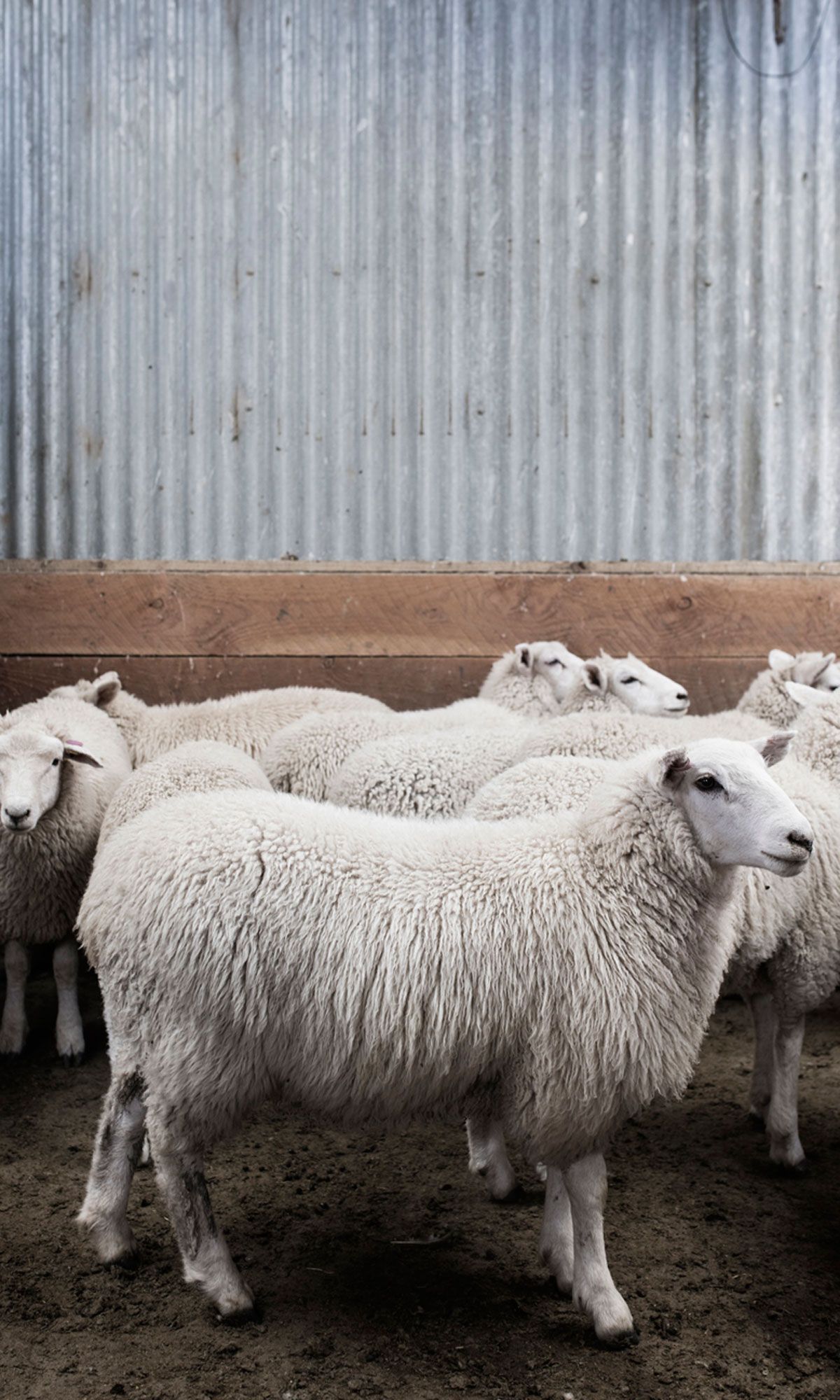Te Mana’s innovative farming techniques make for more a sustainable and ethical meat industry.
The helicopter blazed low through the dark blue waters of New Zealand’s Lake Wanaka, before slowly descending, passing through the mountainous range where Mt. Aspiring lies. The chopper landed upon Minaret Station Alpine Lodge, a luxury resort located in the valley nearly 900 metres above sea level. Not only is the Minaret Station a hot spot for the rich and famous around the world, it is also a central breeding ground of a unique species of lamb for Te Mana, a renowned lamb farming company and meat supplier. Last summer, Hong Kong Tatler travelled to the South Island of New Zealand with a number of chefs from Hong Kong and the UK, and experienced first-hand how farmers from this island nation improvise in farming methods to bring innovation in meat-farming and livestock rearing, all in the name of improving the quality of meat.
Organised by The Alliance Group, a farming co-op founded by farmers from over 60 countries around the world, championing for the export of meats and co-products, the journey to discover innovative lamb farming methods was part of an exploratory of local produce of New Zealand named The Antipocurean series. Coined to be an individual devoted to gaining knowledge of the country’s unique cuisine characteristics, participants of the antipocurean series include reputable chefs from Hong Kong, namely Silvio Armani of Octavium and Jim Lofdahl of Frantzen’s Kitchen and The Flying Elk. Together we explored the rural country of the South Island, crossing paths with farmers that raise cattle and herds of rams and ewes, and discover how farmers adapt to environmental factors such as climate change and new ways to maximize the quality of meat from their livestock.

Working closely with Te Mana, New Zealand’s premium lamb meat supplier, The Minaret Station Alpine Lodge is also the 50,000-acre grounds for a different type of lamb farming, where the livestock are grown and raised on high-altitude terroir. The climatic factors differ in the higher valley near Lake Wanaka, nearly 300 kilometres from Christchurch. The Alpine farm raised strictly lamb with new methods through means for engineering and smart breeding methods, which reflect in the quality of meat, as well the nutritional value for the meal produced. This science-based initiative was the fruit of much research on lamb, from breeding cycle to diets that could benefit the livestock, as well as the life expectancy of the animals. To gain understanding and carry out research to facilitate the better farming of an improved lamb species, Te Mana has enlisted the help of Aimee Charteris, a geneticist whose expertise lies within animal reproduction, particularly on lamb and on farming practices.
Charteris, an expert in the frontier of genetic research in New Zealand, discussed the basic grounds for building a better lamb, starting with its life cycles. “Te Mana lambs are bred and born around September and October each year. After 21 days of gestation period, the baby lamb are born and will be raised for five to seven months until they are old enough to be shipped for the meat market.” While it may seem like ewes did all the work in breeding newborns, rams, or the male sheep, are equally important in maintaining good health due to a specific reason. “The breeding season for lamb is short, about 21 days out of the entire year. The high level of intense physical exercise required for procreation for lamb is key to sustaining the production of future generation of baby lambs each year.”



